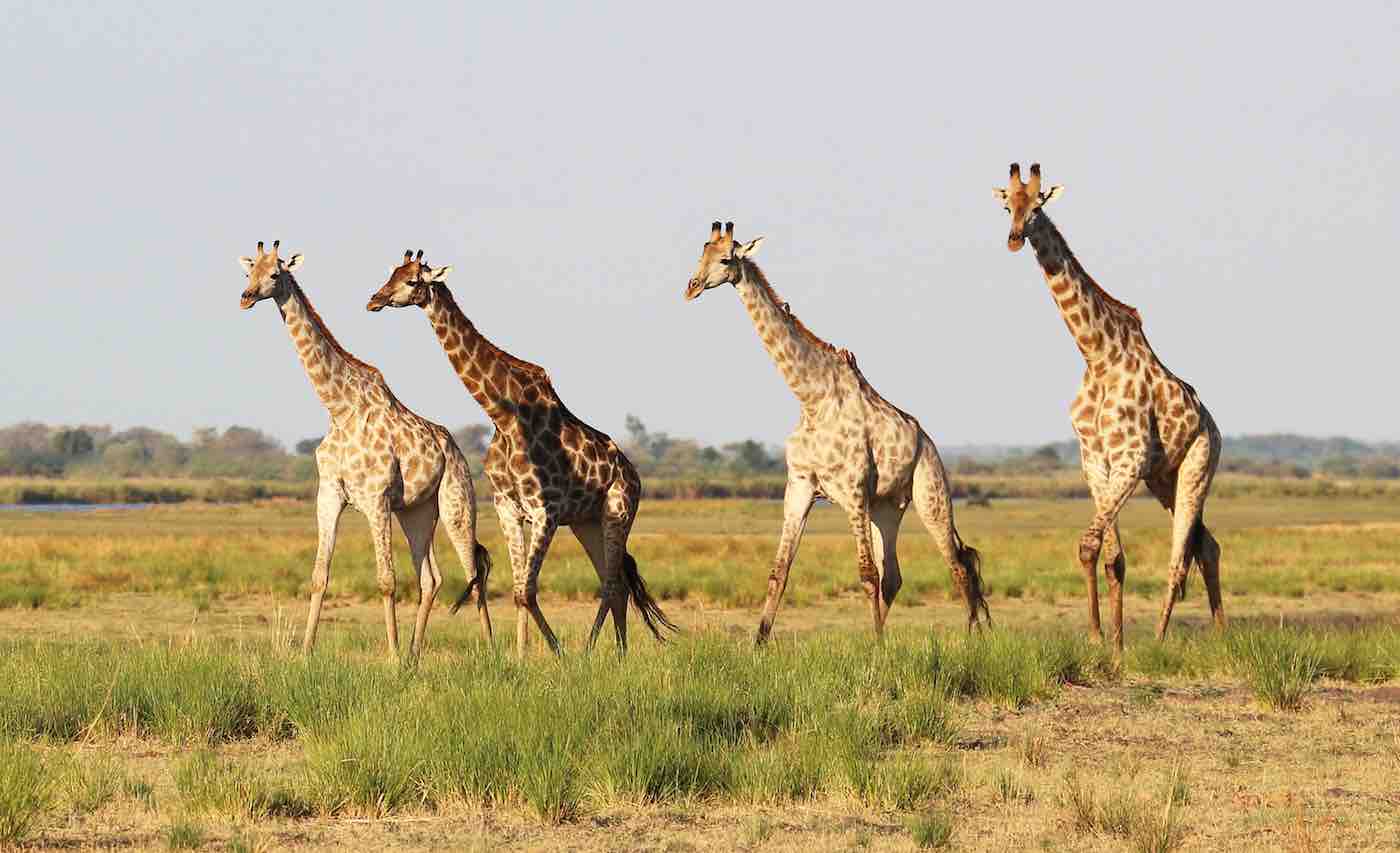Hundreds of endangered species are being offered essential new protections against international trade thanks to the latest wildlife convention in Geneva.
Most notably, giraffes have been given their first ever international protections through a new Appendix II designation by the Conference of the Parties to the UN Convention on International Trade in Endangered Species (CITES).
Giraffes were recently classified as a “vulnerable” species by the IUCN due to their 36-40% population decline over the past 30 years. However, conservationists expect the new regulations to help “protect this imperiled species in the future.”
“Securing CITES Appendix II protection for the giraffe throws a vital lifeline to this majestic species, which has been going quietly extinct for years,” says Adam Peyman, Humane Society International’s wildlife programs and operations manager. “This listing could not come soon enough. CITES listing will ensure that giraffe parts in international trade were legally acquired and not detrimental to the survival of the species.”
LOOK: Dozens of Creatures Thought to Be Extinct Found Alive in ‘Lost City’ in the Jungle (Photos)
Every three years, delegates from around the world gather at the CITES summit to implement legislation that will help to protect endangered species by regulating the trade of animal byproducts.
Over the course of the last few weeks, 183 summit members have agreed to pass protections on more than 500 species, including the smooth-coated otter, swallowtail butterfly, pancake tortoise, southern white rhino, and mako shark.
“CITES sets the rules for international trade in wild fauna and flora,” said CITES Secretary-General Ivonne Higuero. “It is a powerful tool for ensuring sustainability and responding to the rapid loss of biodiversity—often called the sixth extinction crisis—by preventing and reversing declines in wildlife populations. This year’s conference will focus on strengthening existing rules and standards while extending the benefits of the CITES regime to additional plants and animals threatened by human activity.
“Clear and enforceable rules based on sound science and effective policies are vital for protecting natural wealth and achieving the 2030 Sustainable Development Goals that have been adopted by the world’s governments. Because it is science-based, implementation-oriented and pragmatic, CITES plays an essential role in advancing international efforts to conserve and sustainably use our natural capital.
“Wildlife crime continues to pose a serious threat to many species, and the criminal groups involved are increasingly organized, and constantly adapting their tactics to conceal their illegal activities and avoid detection. The good news is that the Consortium will continue to relentlessly work with the law enforcement community, building capacity and making available the tools and services they need to bring these criminals to justice by enabling them to mobilize the same measures against wildlife crime as those used against other serious domestic and transnational organized crimes,” she added.
Protect Your Friends From Negativity By Sharing The Good News To Social Media…




















